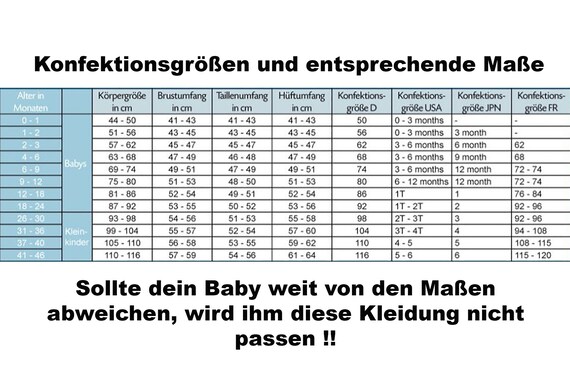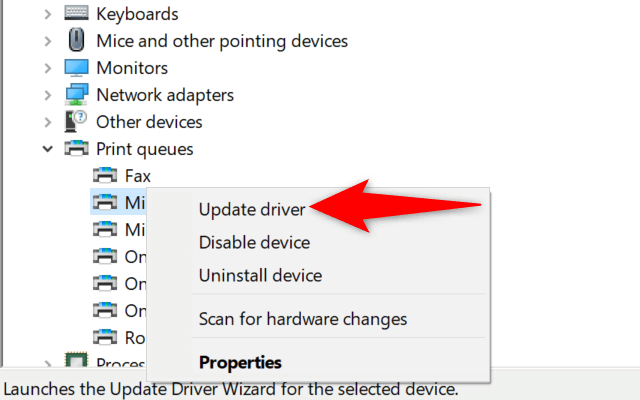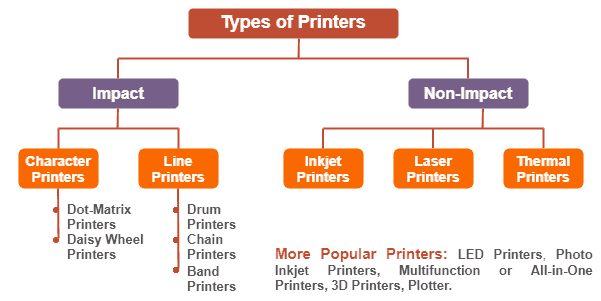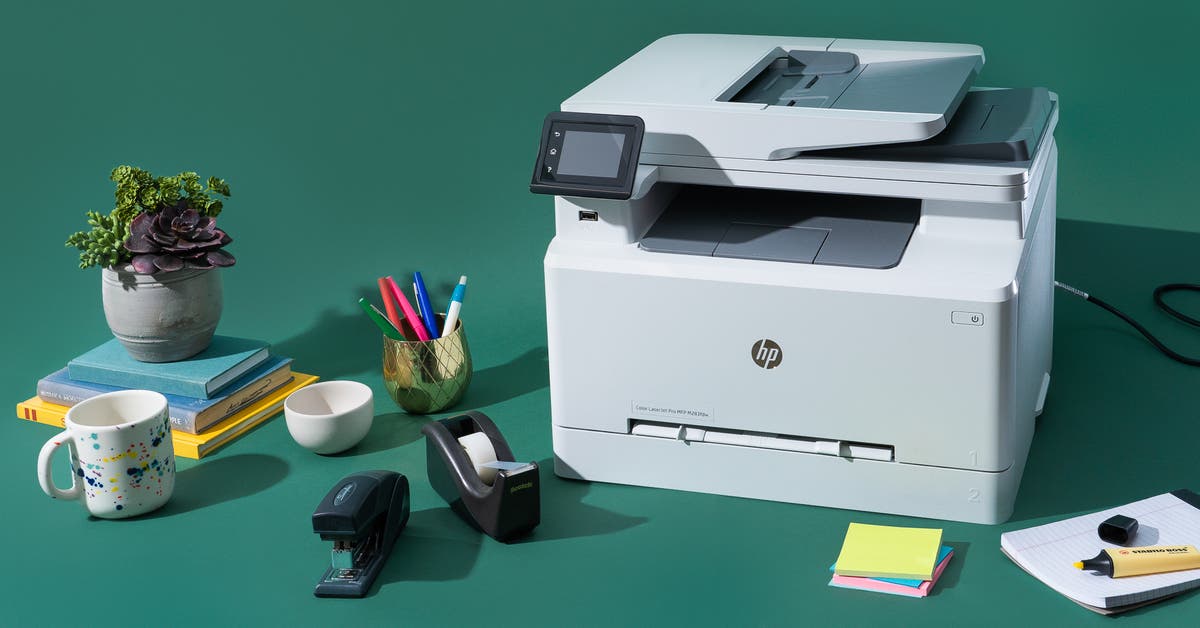Size 68 in Baby Clothes: A Comprehensive Guide
Introduction
Choosing the right size for your baby's clothing can be quite confusing for new parents, especially when the sizing isn't universally standard. This article is crafted to guide you through understanding size '68' in baby clothes, providing handy comparison charts and shopping tips. Our goal is to help you shop with confidence and ease for your little one.
What Is Size 68 in Baby Clothes?
Finding the perfect fit for your baby's clothes is crucial to assure comfort, and understanding distinct size labels can be step one in your shopping journey. Unraveling the mystery behind 'size 68' in the world of baby clothing can help parents make informed buying decisions.
- European Sizing: Size 68 is a term used in the European baby clothing industry.
- Age Group: It's typically designed for babies who fall in the age range of 6-9 months.
- Height of Baby: The '68' label means the clothes are intended for babies who are roughly 68 centimeters tall.
So, in a nutshell, when you come across 'size 68' in baby clothes, you're looking at outfits designed for babies aged 6-9 months old with an approximate height of 68 cm. Effective comprehension of size labels ensures a comfortable and well-fitted wardrobe for your little one.
How Does Size 68 in Baby Clothes Compare to Other Sizes?
Understanding the comparison of size 68 to other baby clothes sizes can simplify your shopping experience. The key is to consider that different countries follow different sizing systems. To create a better understanding, let's break down how size 68 compares to others for babies:
- European Sizing: As we know, size 68 is a part of European baby clothing sizes meant typically for infants within the 6-9 months age group. This size is based on the average height of babies (i.e., 68 cm) within this age range.
- U.S. Sizing: If you’re used to U.S. sizing, size 68 in European sizing would correspond approximately to size 6-9 months. However, variances can exist depending on specific brands or designs.
- U.K. Sizing: In the United Kingdom's children's clothing size chart, size 68 generally equates to size 6-12 months. Again, some variations may occur based on the brand.

- Australian Sizing: If you're in Australia, you'll find a correspondence between European size 68 and Australian size 0 in baby clothes.
It's vital to remember that babies grow at different paces. So, size 68 (or any other specified size) may not always be the perfect fit for your baby, even if they are within the suggested age bracket. The best approach is to keep measuring your baby's current height and weight to make more accurate clothing size choices.

What Are the Key Factors to Consider When Choosing Size 68 in Baby Clothes?
Choosing the ideal baby clothes entails a lot more than just picking out adorable outfits. When you're shopping for size 68 clothing for your baby, make sure you think through these key points:
1. Fit: Size 68 is generally designed for babies who are roughly 6-9 months old. However, all babies grow differently, and size can vary even within the same age group. Therefore, it's always recommended to measure your baby's current height and weight before purchasing.
2. Material: The type of fabric the clothing is made from is another essential element. Natural, soft, and breathable fabrics are recommended as they are gentle on a baby’s delicate skin and prevent any skin irritations or allergies.
3. Season: Different seasons require different types of clothing. For summer months, opt for lightweight, loose clothes, while warmer, heavier clothing can be suitable for the colder months.
4. Ease of Dressing: Dressing a baby can sometimes be a real challenge! Designs that are easier to put on and take off are often the best choice. Look for clothes with snap buttons, wide neck openings, or items that can be fully opened from the front or back.
5. Durability: Clothes for babies need to be hard-wearing too, considering all the washing and changing they go through. Hence, opting for durable fabric and well-stitched clothes is a wise idea.
Keeping these points in mind during your shopping trip can ensure you purchase clothing that is practical, comfortable, and perfectly suited for your little one.
How Does Size 68 Translate to US, UK, and AU Sizes?
Deciphering baby clothing sizes as you traverse through international chart systems can often lead to bewilderment. Size 68, a standard denotation in the European sector, is chiefly targeted towards babies within the 6 to 9-month age range. However, this equivalent fluctuates when translated to different sizing standards around the globe. Let's delve into an overview of how size 68 is perceived in the US, the UK, and Australia:
- United States: Across the ocean in the United States, the American sizing model generally deems the European size, 68, equivalent to their 6-9 months size. This is a broad estimation as the actual fitting may slightly differ between brands and designs.
- United Kingdom: Size 68 receives a different interpretation in the United Kingdom sizing chart. It roughly aligns with their 6-12 months size, considering the physical growth and fluctuation in babies' sizes during this period.
- Australia: Venturing down under, the Aussies offer a distinct translation. The Australian baby clothing sector equates the European size 68 to their size 0, one of the initial sizes in their clothing range.
In conclusion, translating European size 68 to other country's sizes provides a relative idea but can vary depending upon individual brands and specific baby growth rates.
What Are Some Handy Shopping Tips for Size 68 Baby Clothes?
Finding the perfect size 68 clothes for your baby can be made simpler by keeping a few crucial shopping strategies in mind. Here are some tips to make your shopping expeditions easier and more fruitful:
1. Accurate Measurement: The golden rule of shopping for baby clothes is to always know your baby's current measurements before buying anything. Growth in infants can occasionally be unpredictable, hence the size you bought a month ago might not fit your baby now.
2. Season Compatibility: Always remember to purchase clothes that are suitable for the current season. Ensure the clothing fabric provides comfort and ease for your baby depending on the climatic conditions.
3. Design: Opt for styles that can make your life easier. Clothes that come with front openings, snap buttons, or elastic waistbands can simplify the process of changing your baby.
4. Fabric Quality: Always choose clothes that are made of soft, natural fabrics that breathe well. This can prevent any skin irritation and ensure your baby's comfort.
By keeping these tips in mind, you can ensure a smooth and successful shopping experience for size 68 baby clothes. They'll help you choose the most comfortable and suitable clothing options for your baby, based on their size and the season.
Conclusion
In conclusion, size 68 in baby clothes, based on European sizing, usually fits babies around 6-9 months old. It's important to measure your baby's height and weight as individual growth rates can vary. Consider factors like material, comfort, ease of changing, and season when shopping. Remember, a well-informed purchase can ensure your baby's comfort and happiness.
Related FAQs about what is size 68 in baby clothes
How to ensure a proper fit when buying size 68 baby clothes?
Always measure your baby's height and weight before shopping. Size labels are based on averages, and individual growth rates can vary. Choose clothes that offer a bit of room for growth. Also consider the ease and comfort of dressing - look for wide necklines, snap buttons, or front/back openings.
What material is advisable for size 68 baby clothes?
Natural, soft, breathable fabrics like cotton are advisable for baby clothing. Synthetic materials may cause discomfort and skin irritations. Ensure the fabric is soft on your baby's skin and check for quality to guarantee it can withstand frequent washings.
At what age should babies typically fit into size 68 clothes?
Size 68, based on the European system, generally fits babies who are around 6-9 months old. However, as babies grow at different rates, your baby's height and weight are more accurate determinants.







